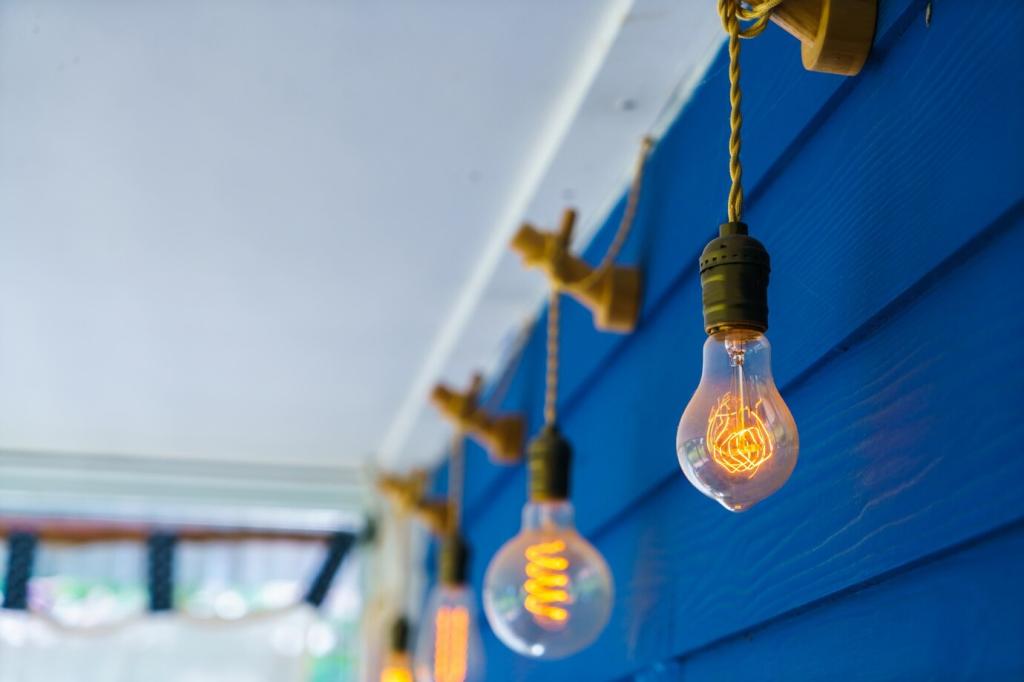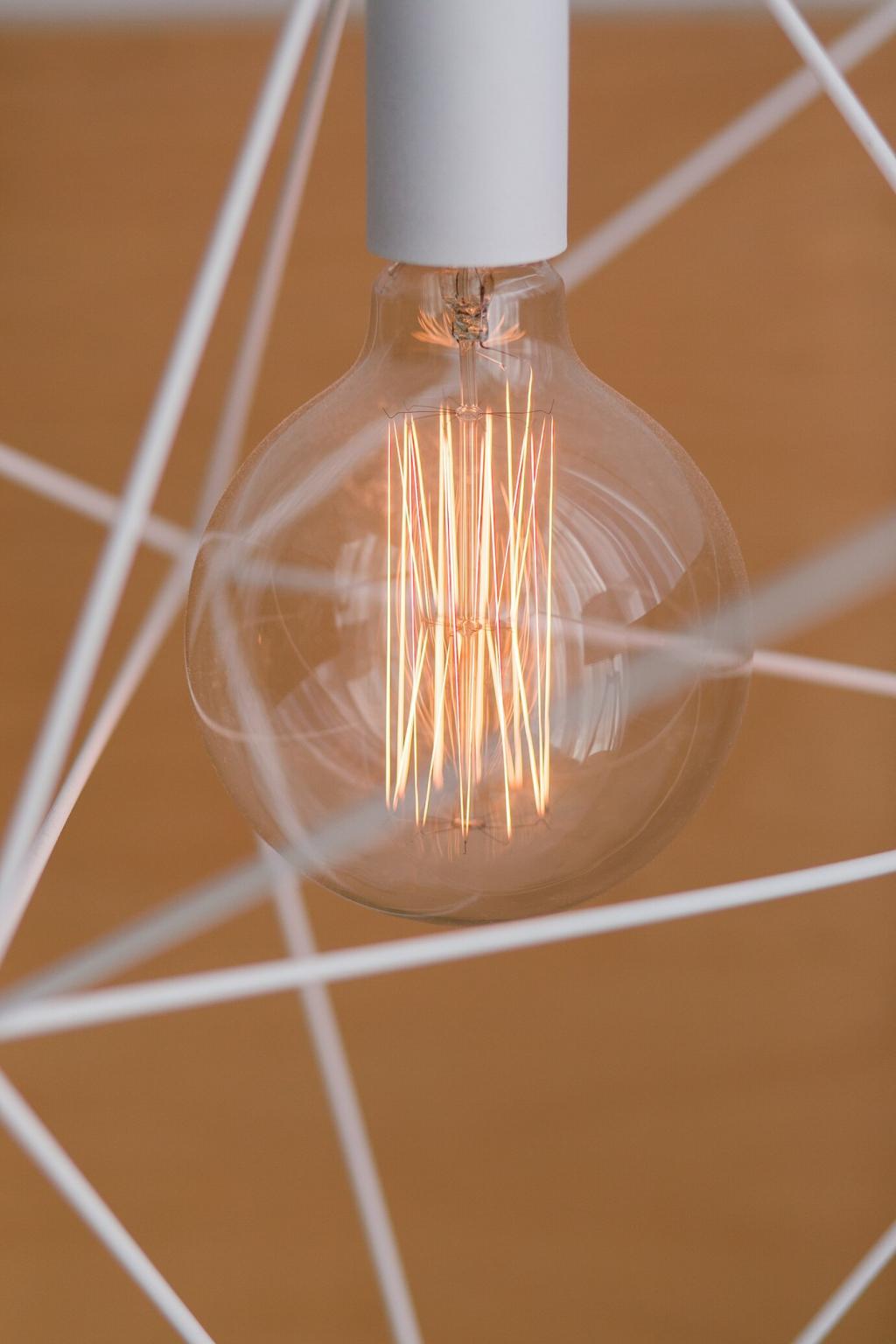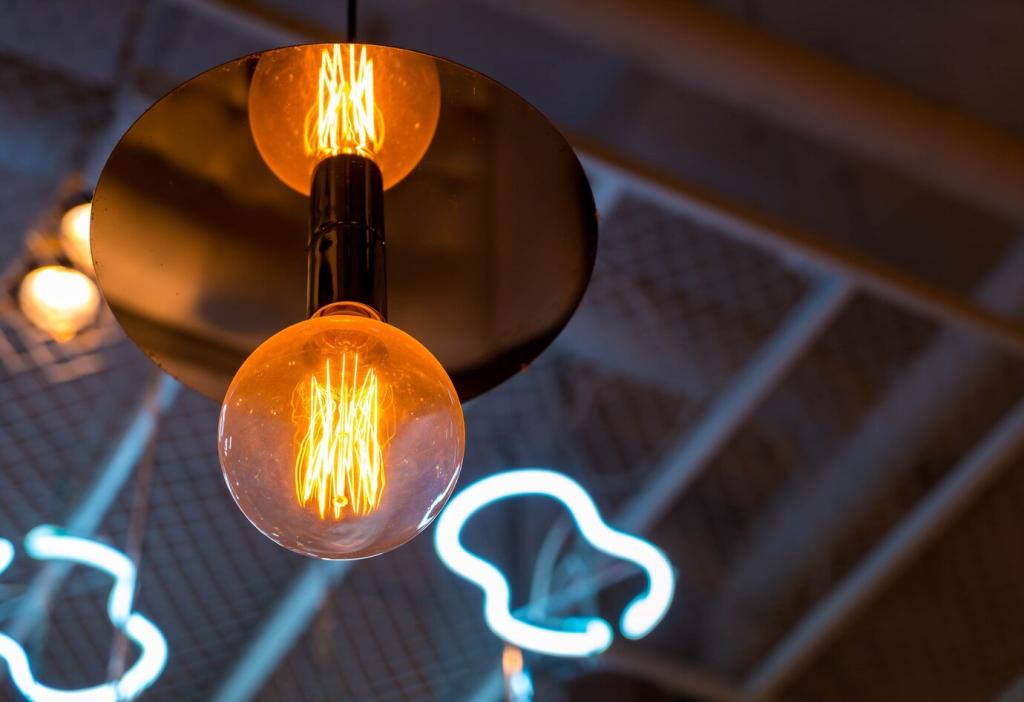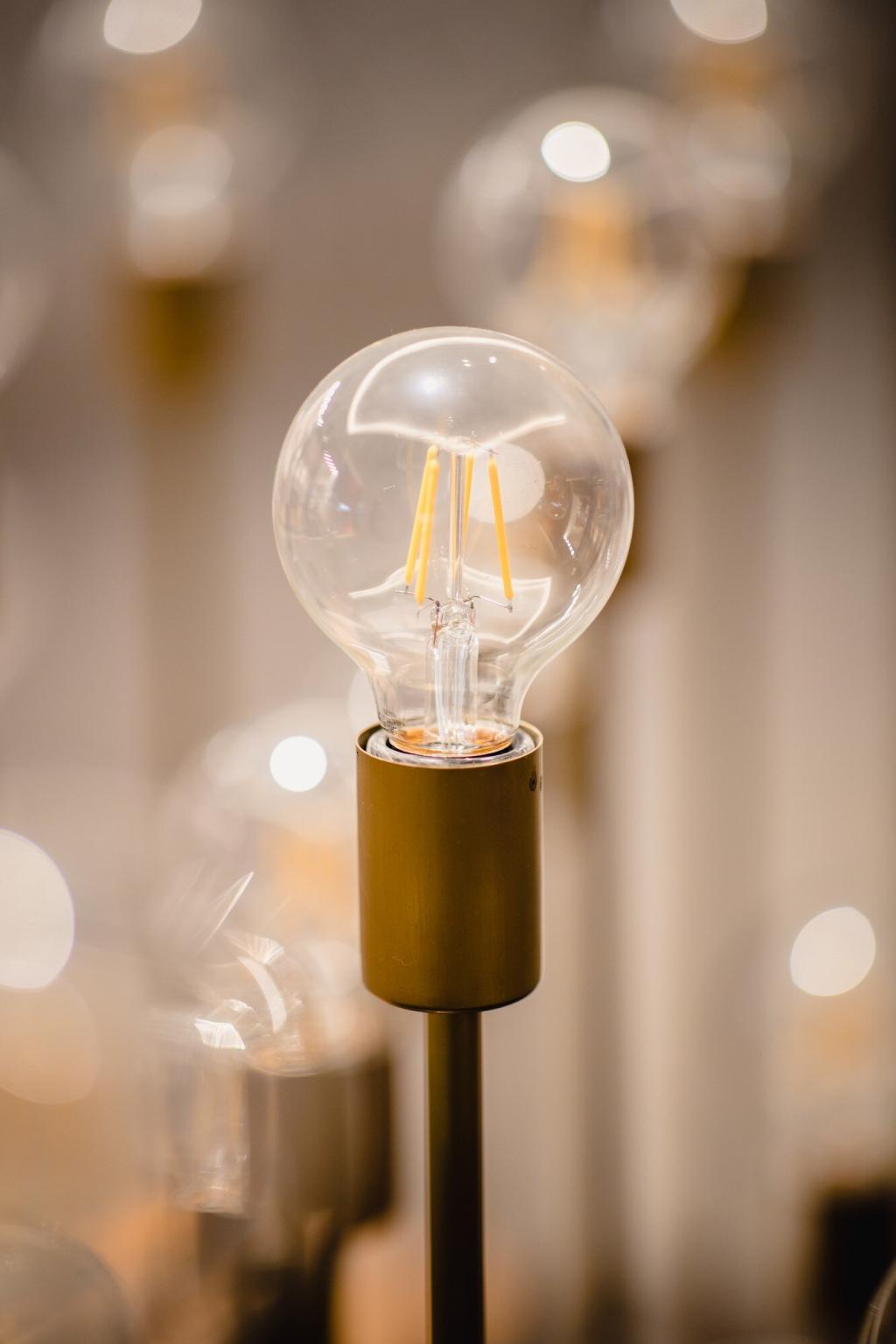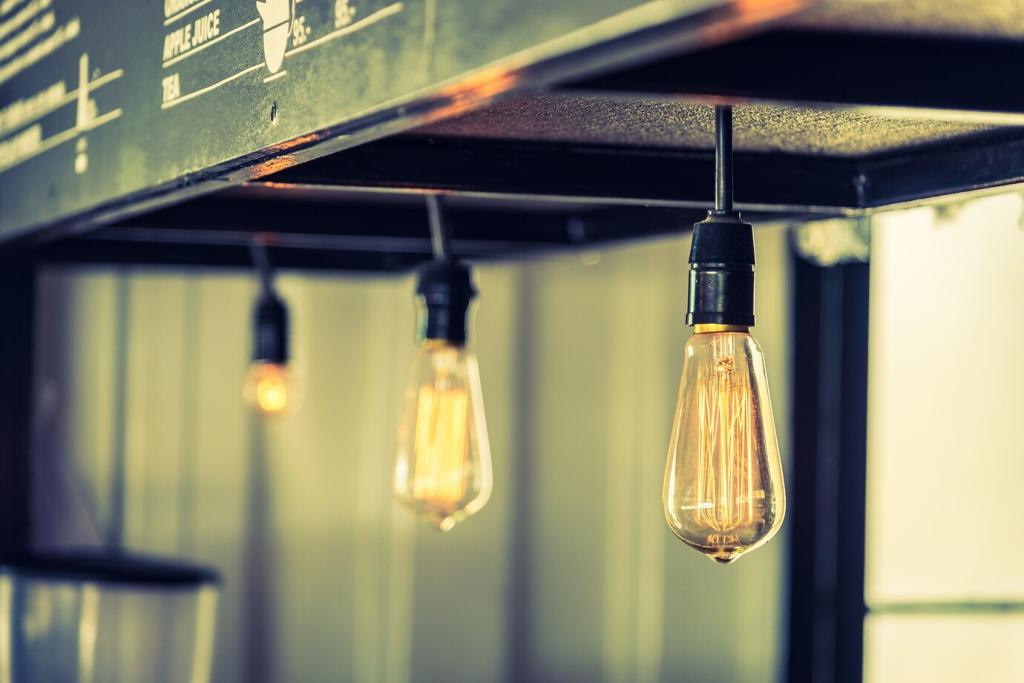Smart Controls: Schedules, Dimming, and Scenes That Save
Tie exterior and garage entry lights to sunrise and sunset so they run naturally with daylight. Your space stays bright when safety demands it, then quietly powers down, saving energy without you lifting a finger.
Smart Controls: Schedules, Dimming, and Scenes That Save
Create a soft-entry scene for late arrivals that limits glare and energy. A 40–60% dimmed preset guides you safely to the door, and a motion-triggered task level brightens only the workbench when needed.
Smart Controls: Schedules, Dimming, and Scenes That Save
One subscriber added occupancy sensors and a simple schedule, then watched their utility statement drop over two months. The upgrade paid back faster than expected—proof that smart brightness is both eco-friendly and wallet-friendly.

